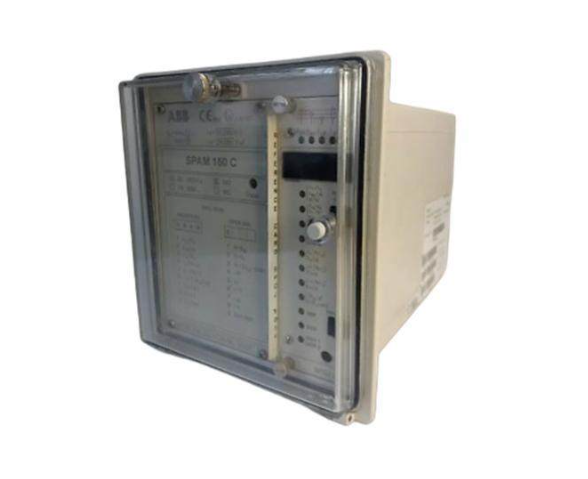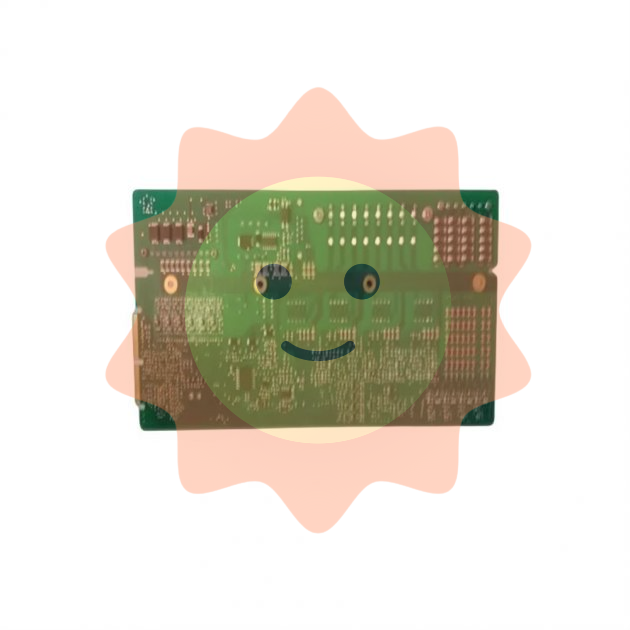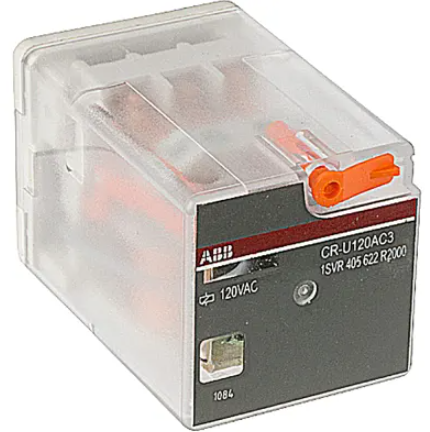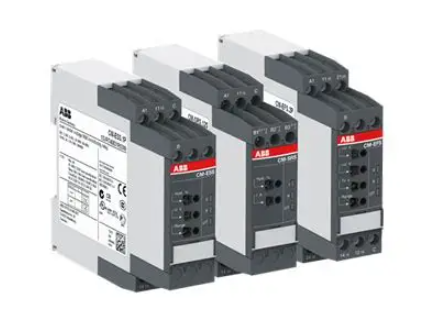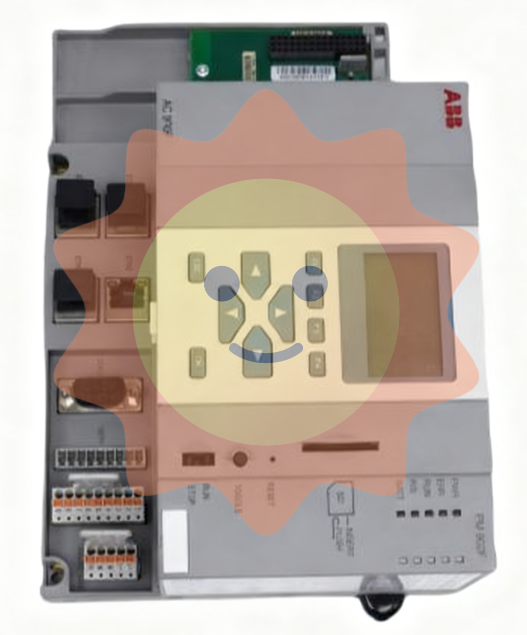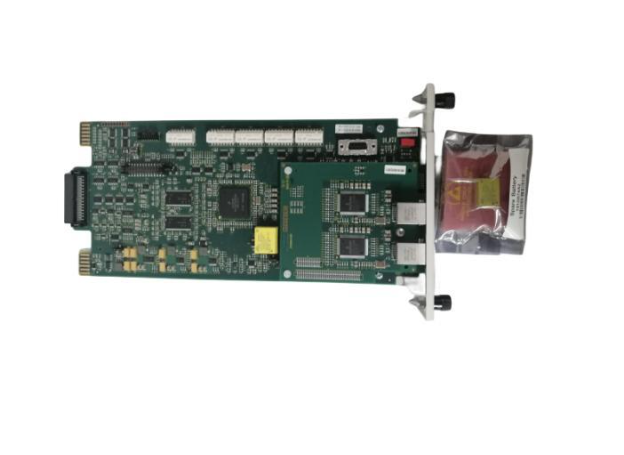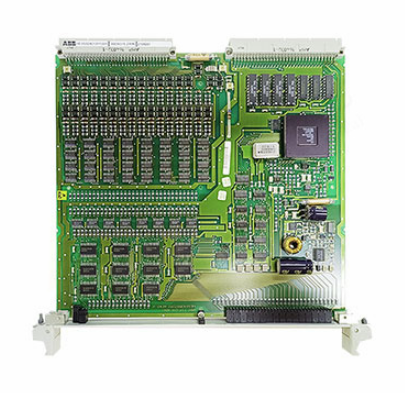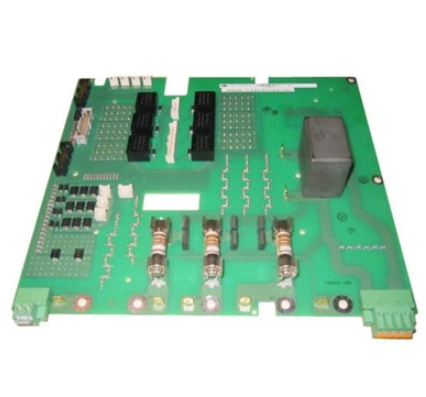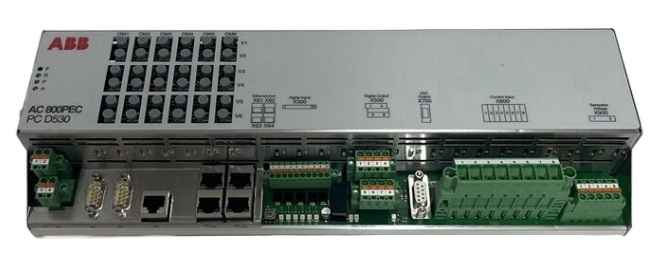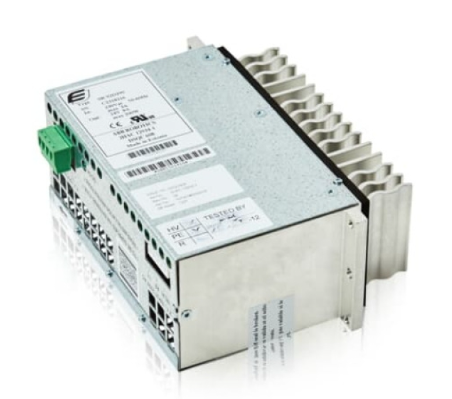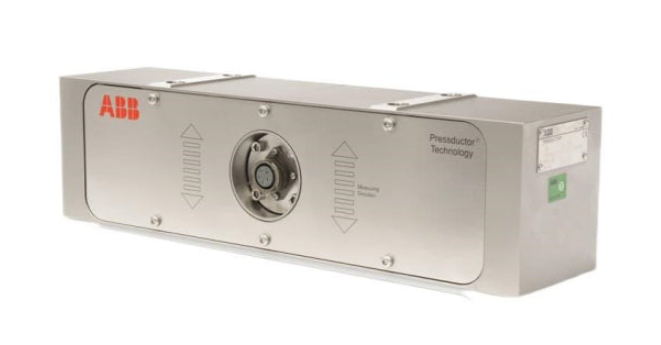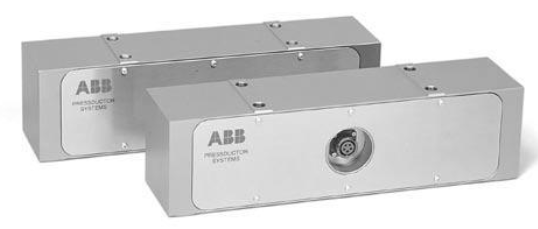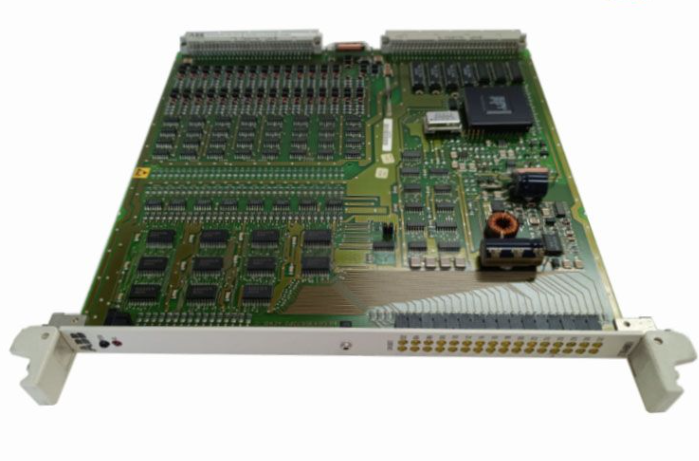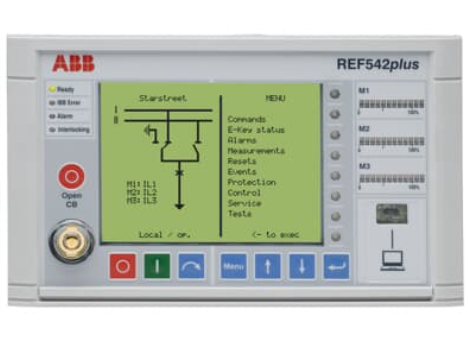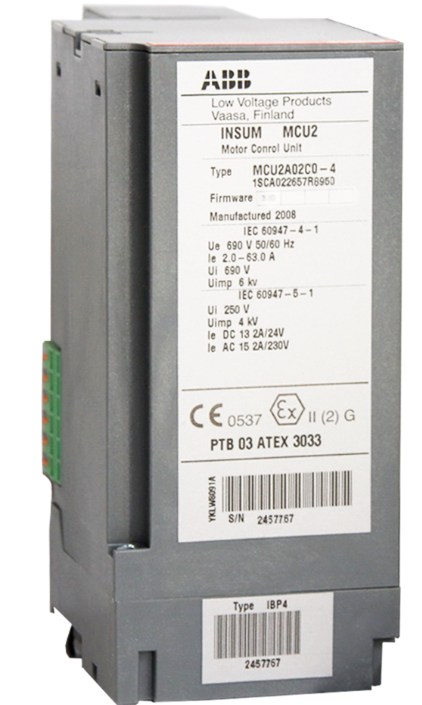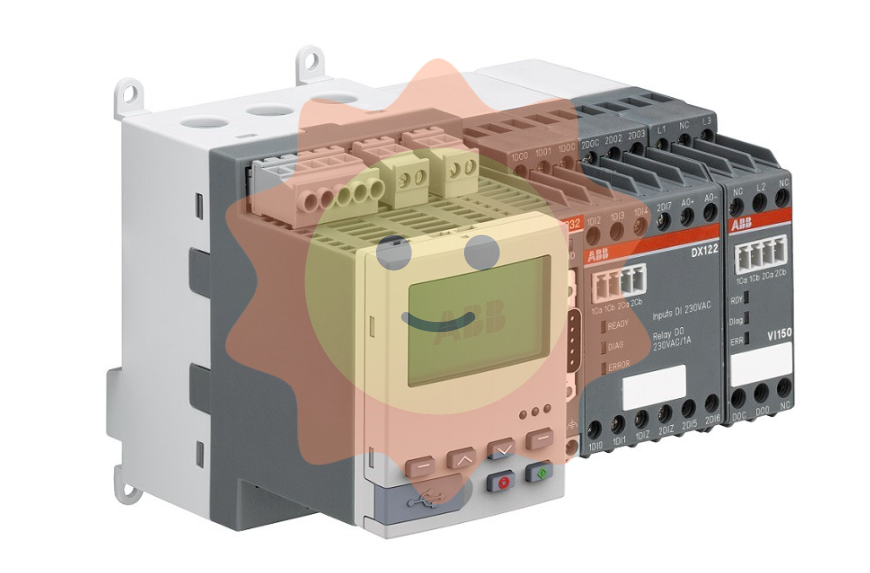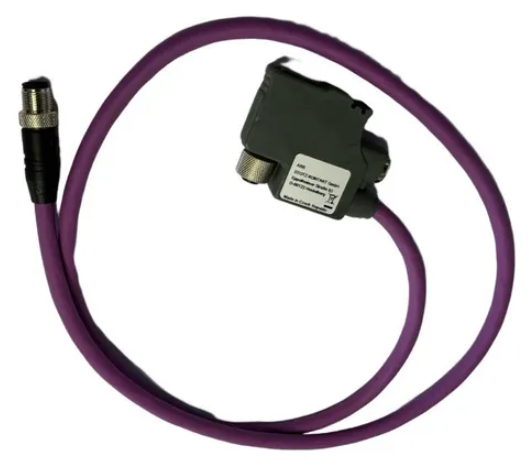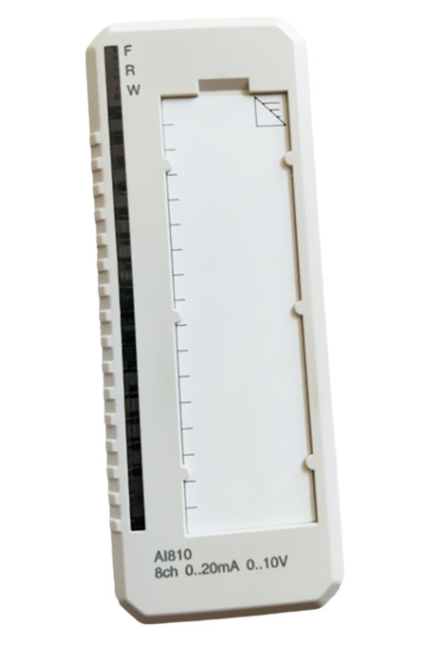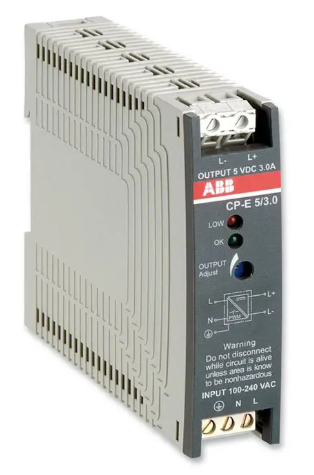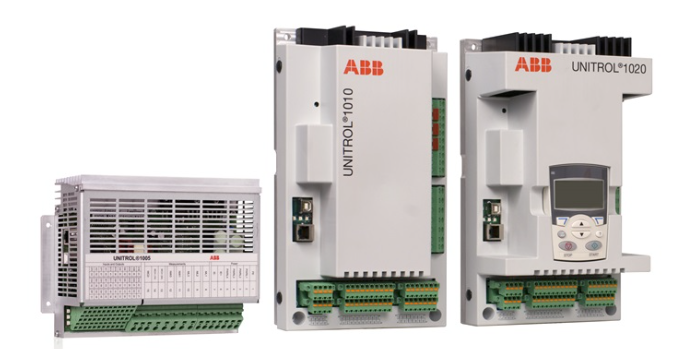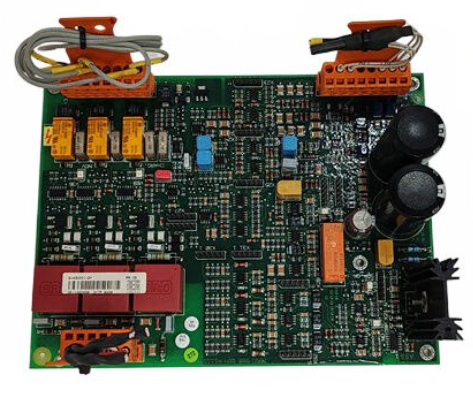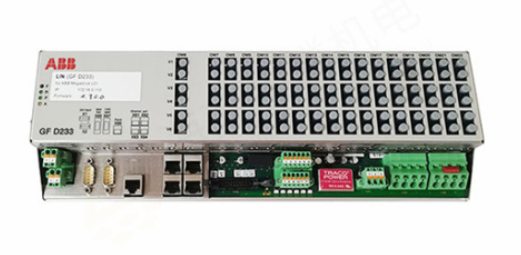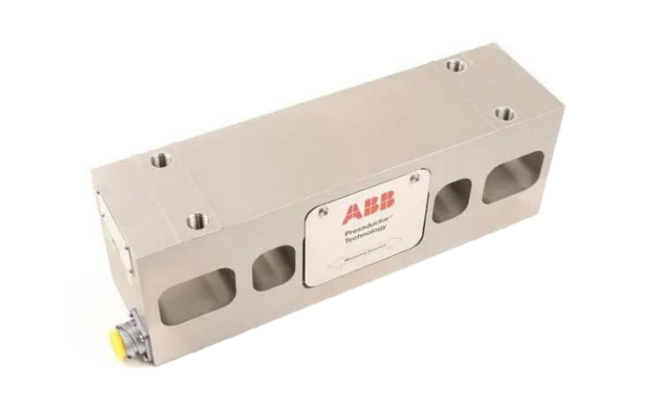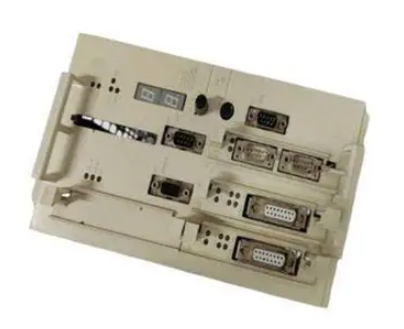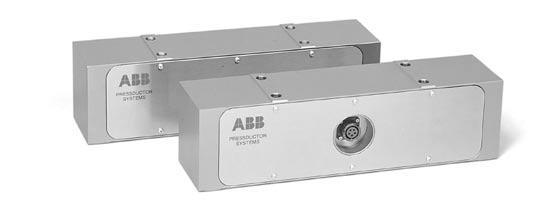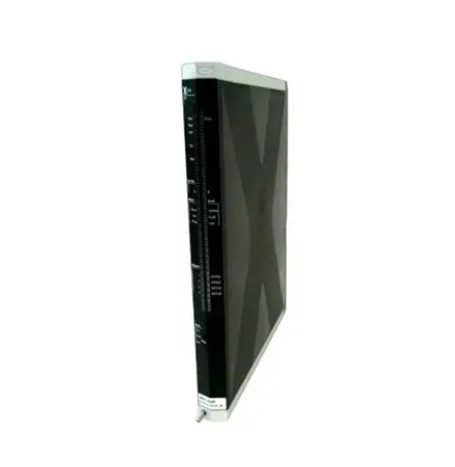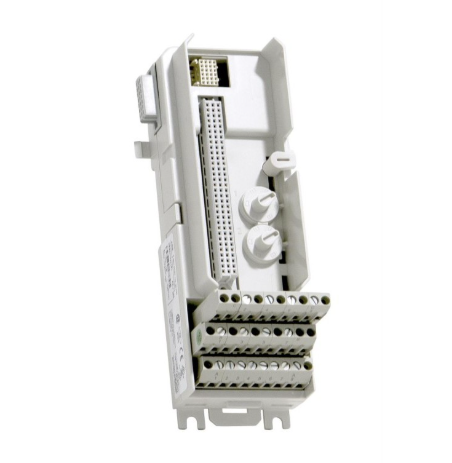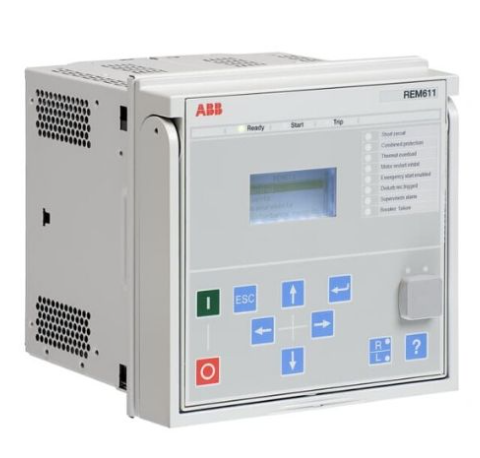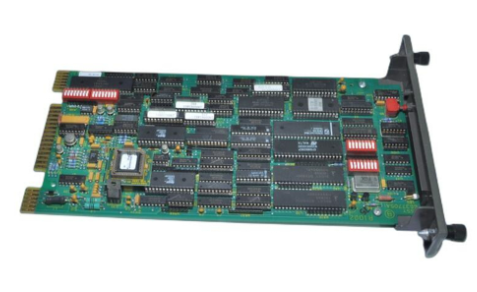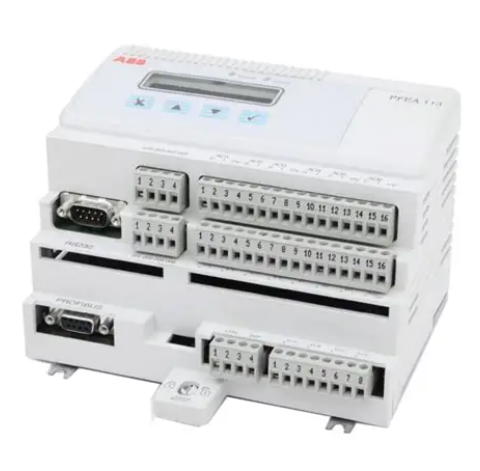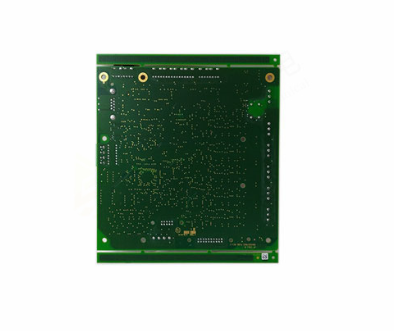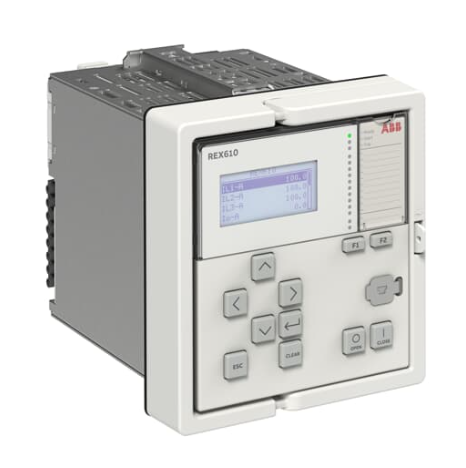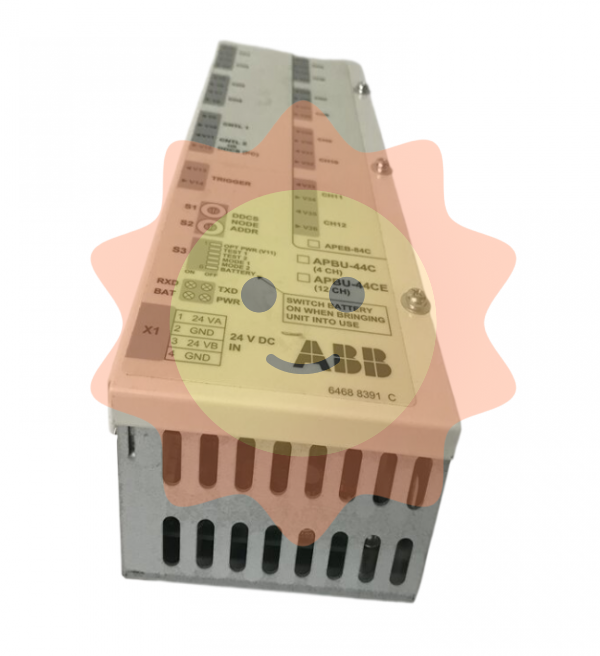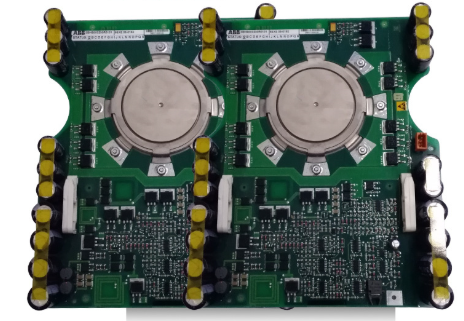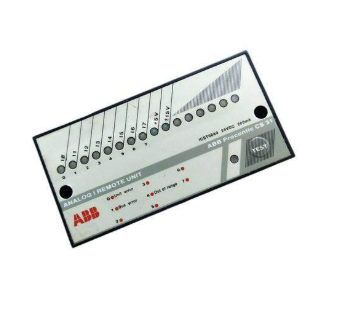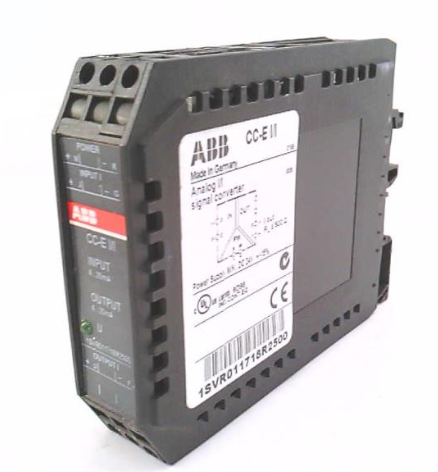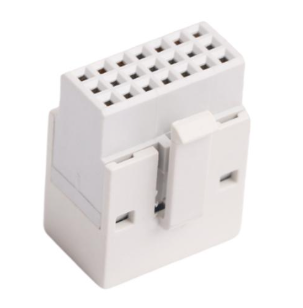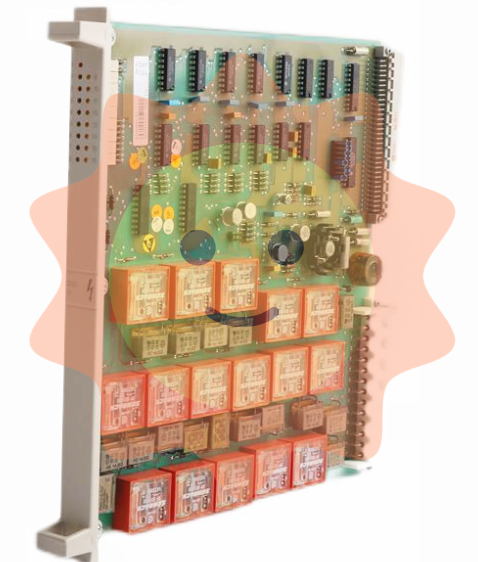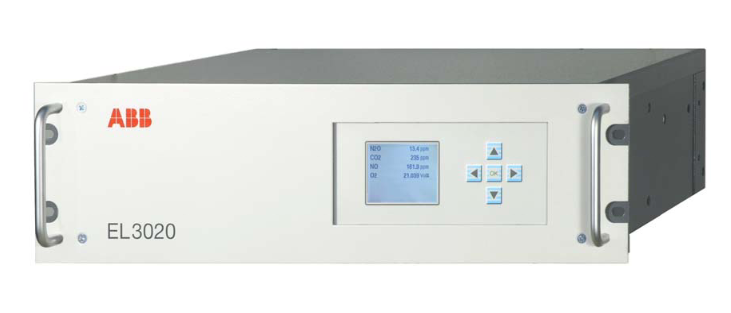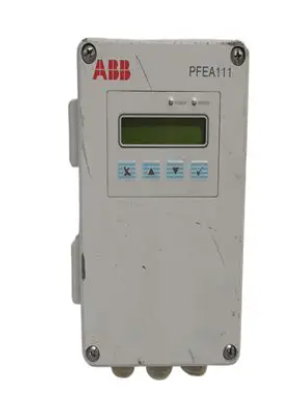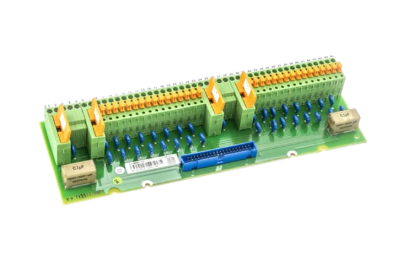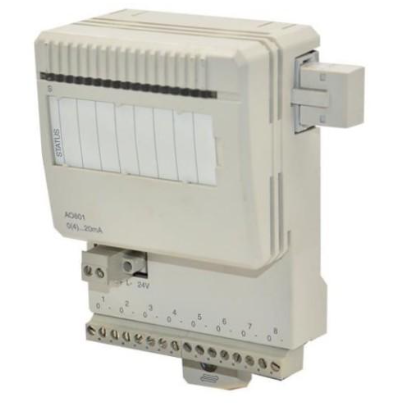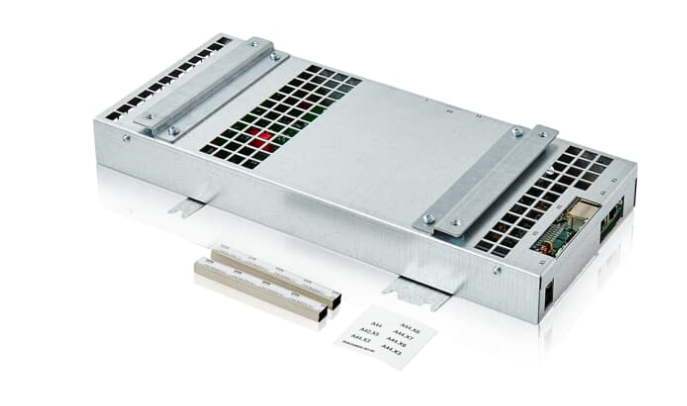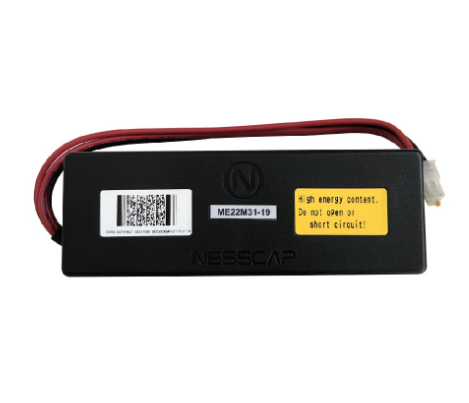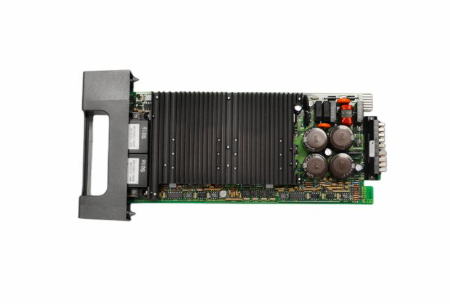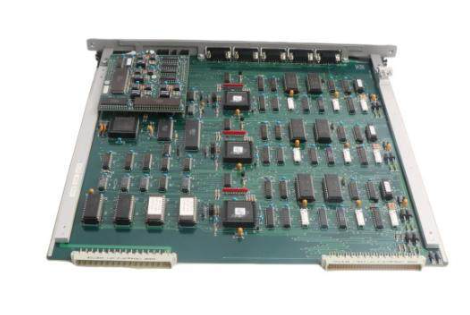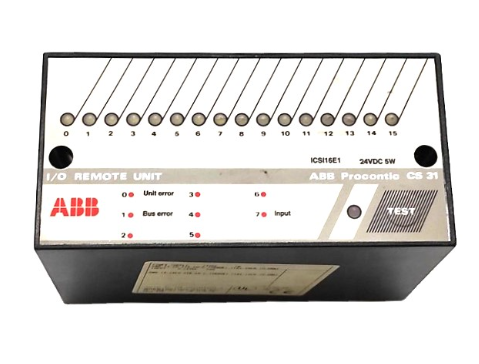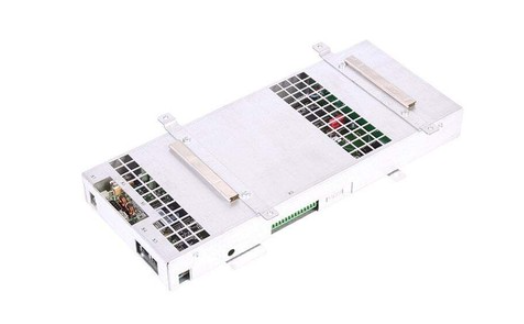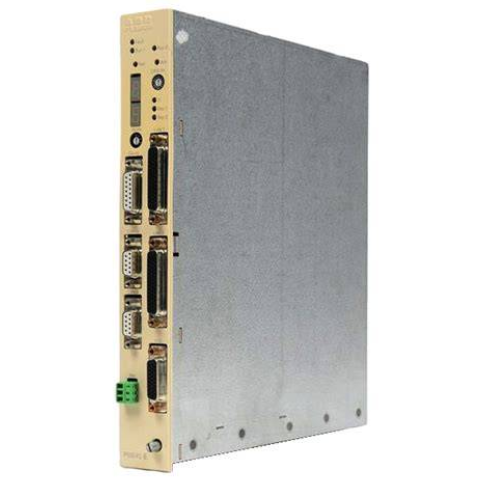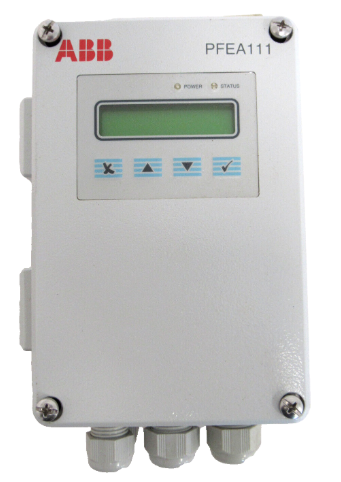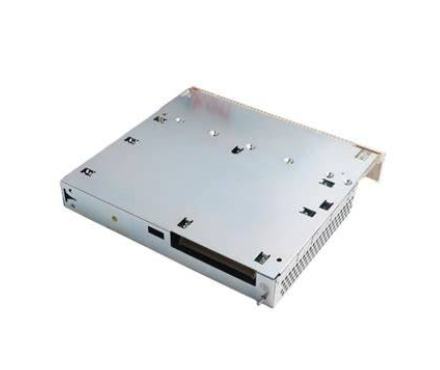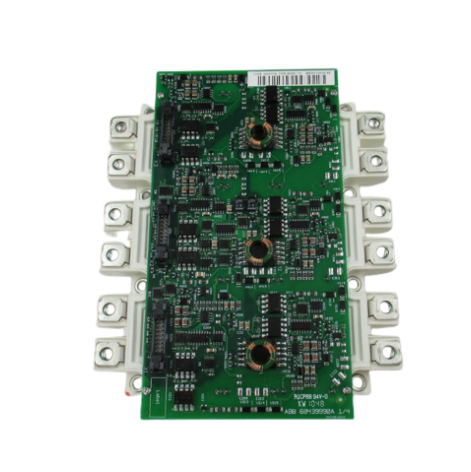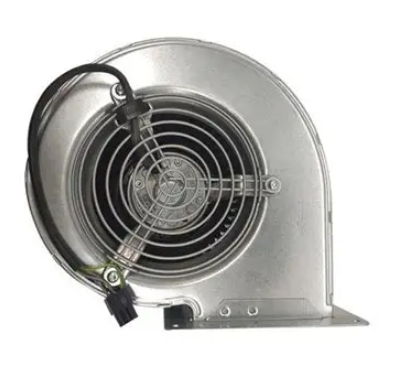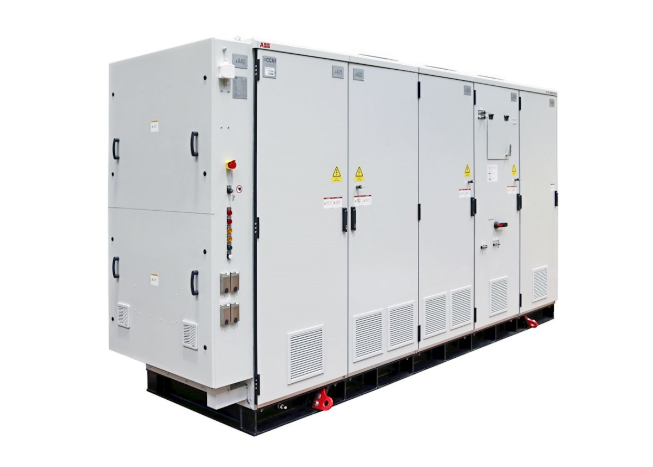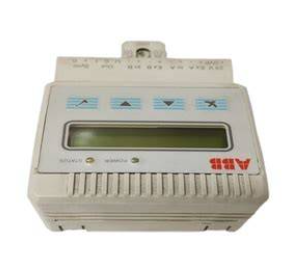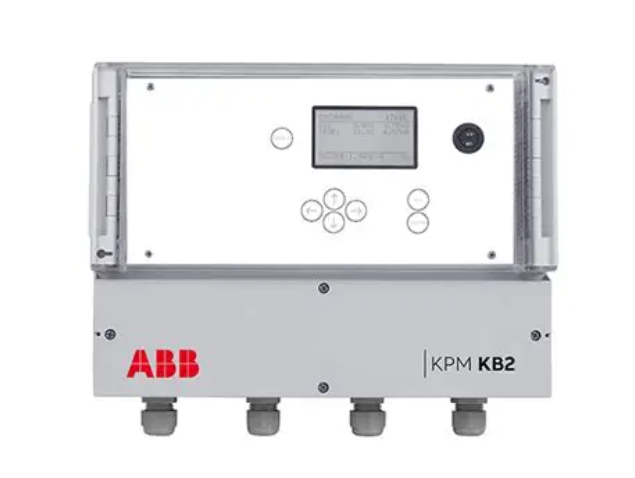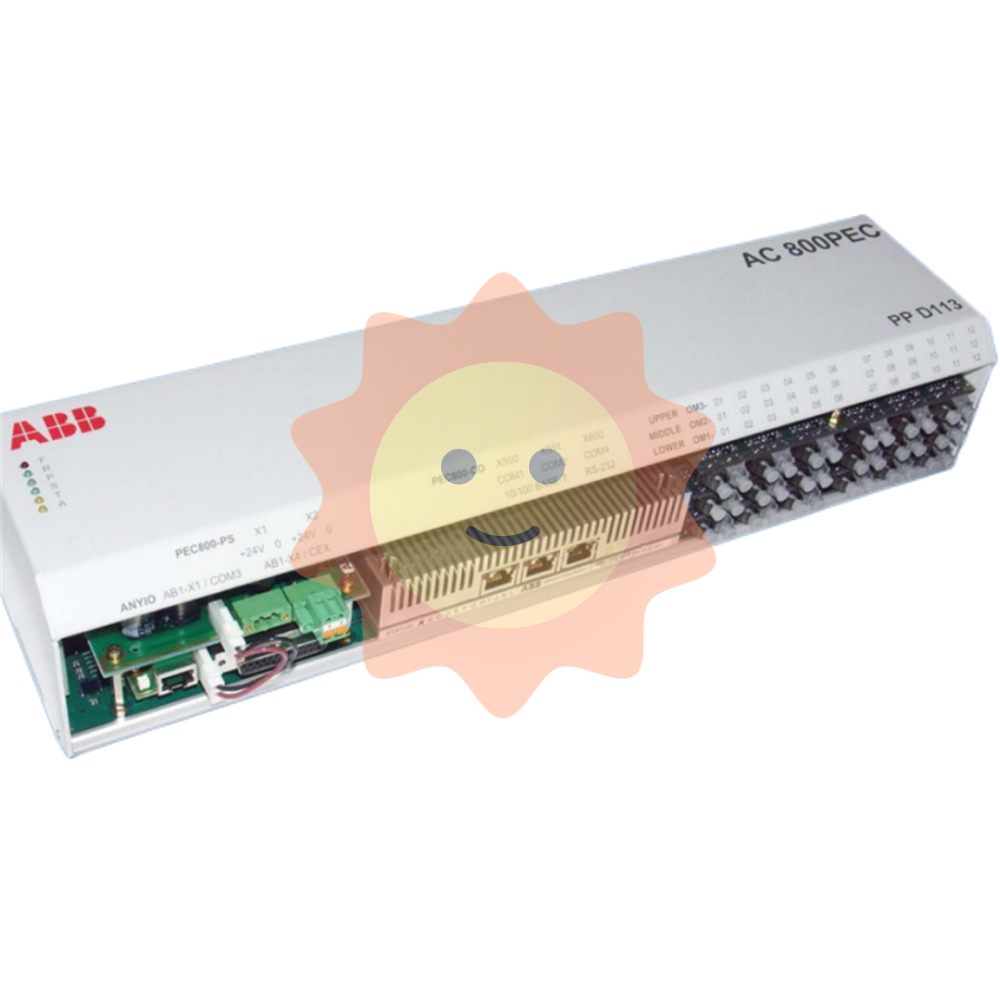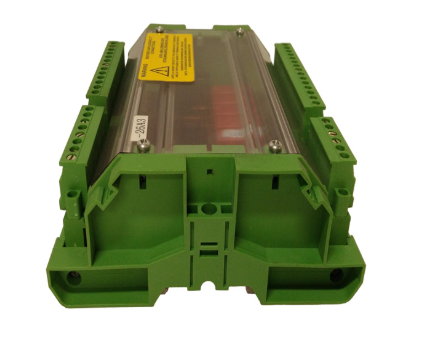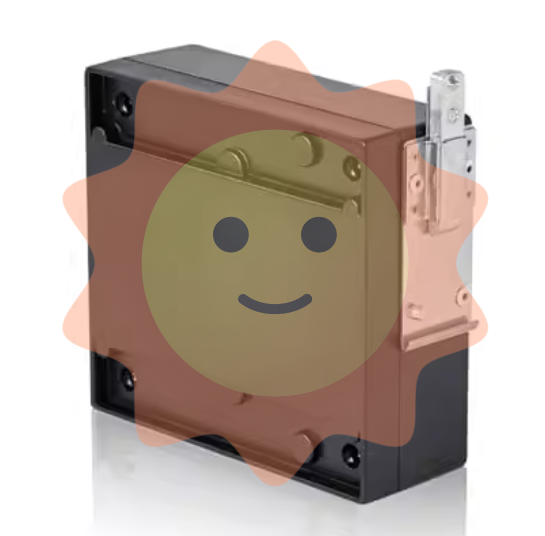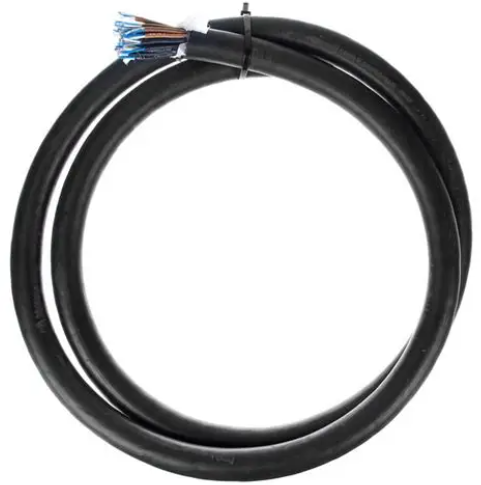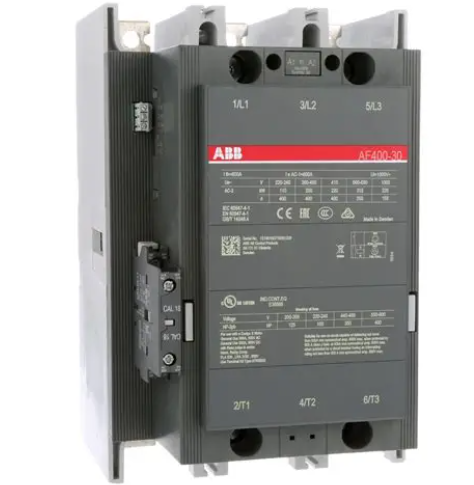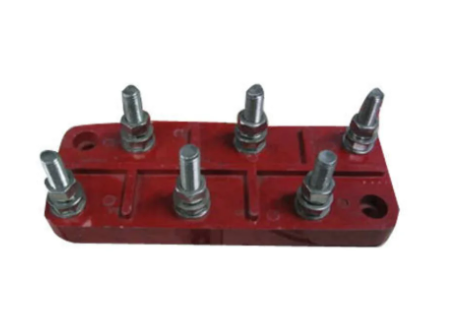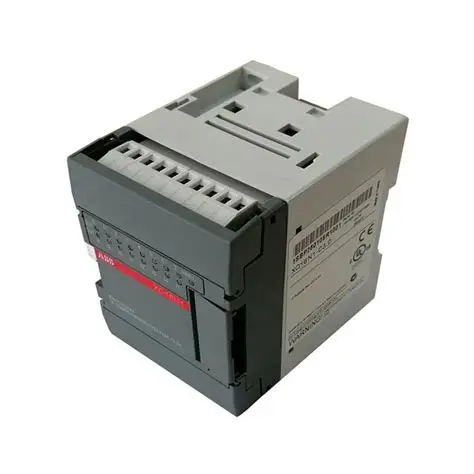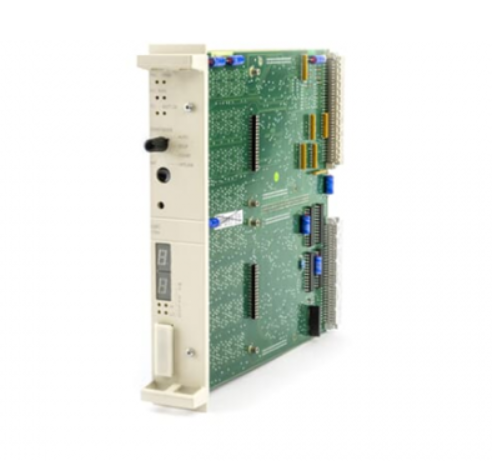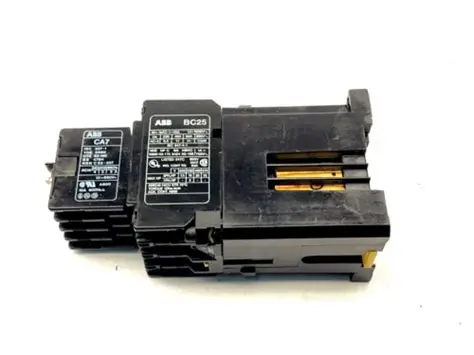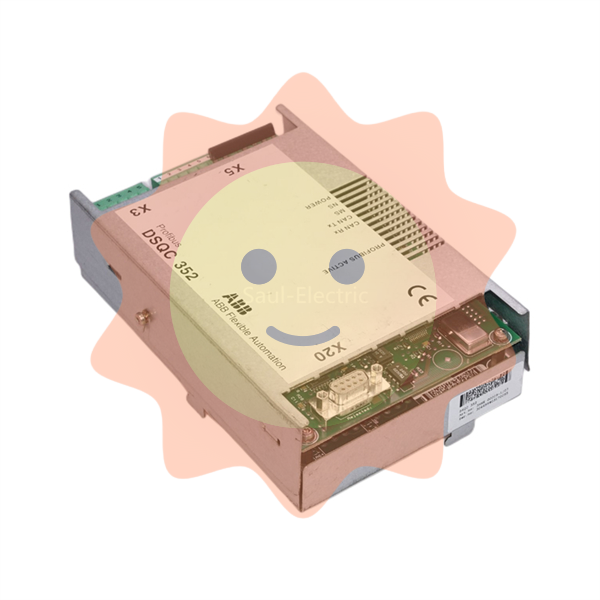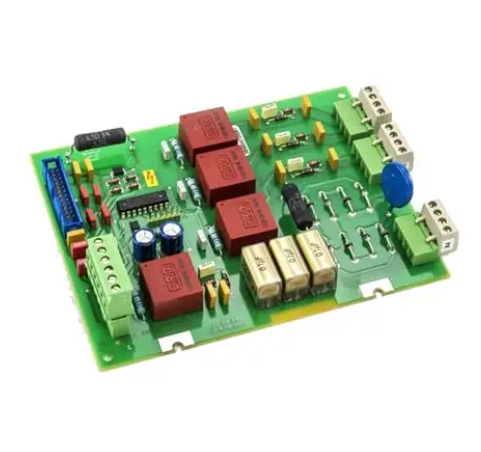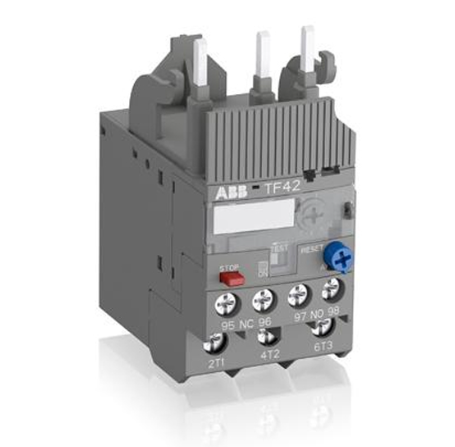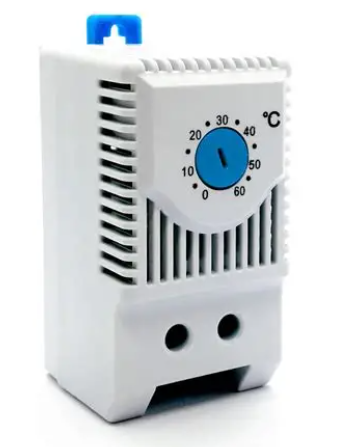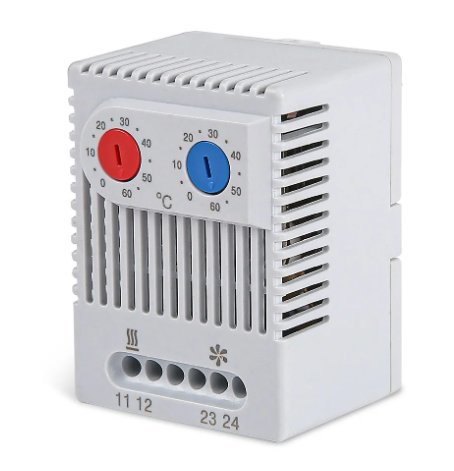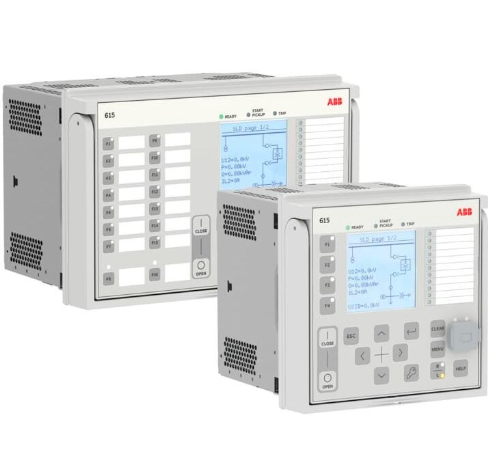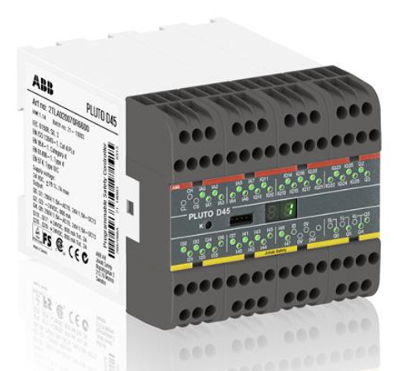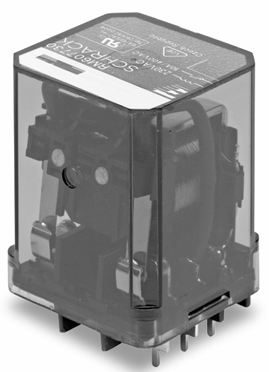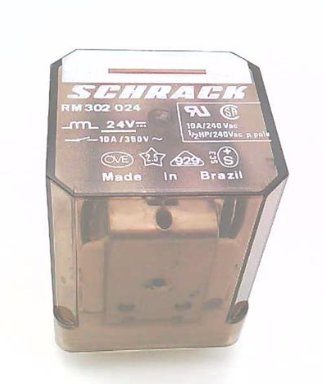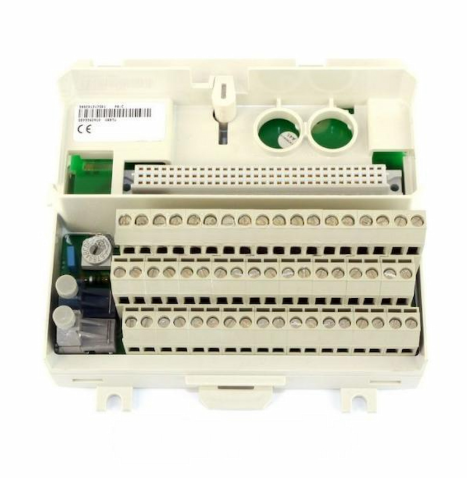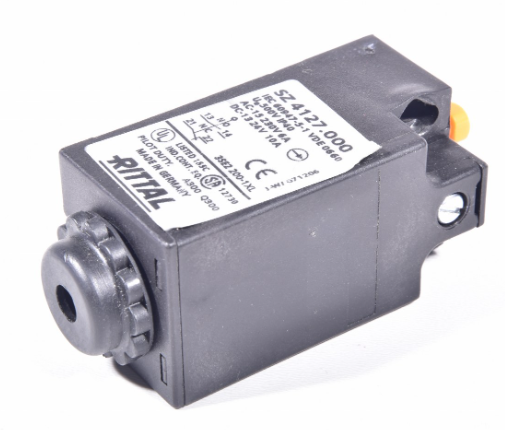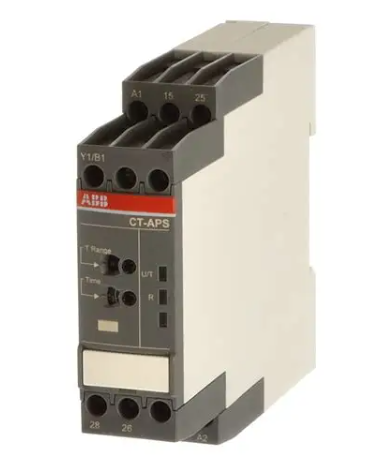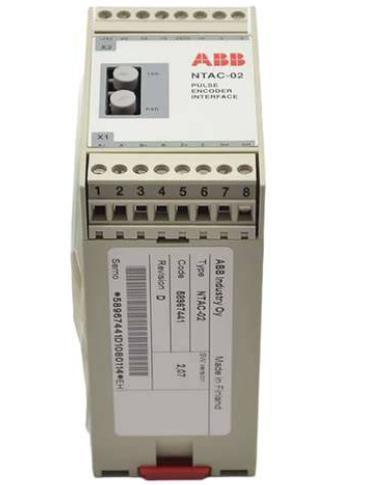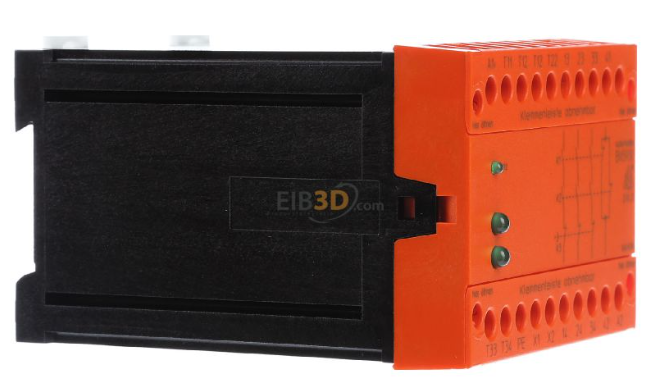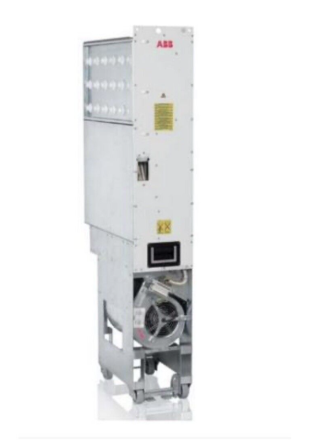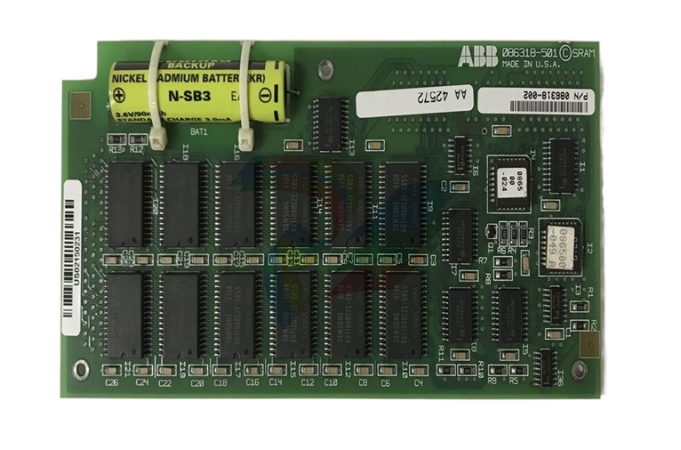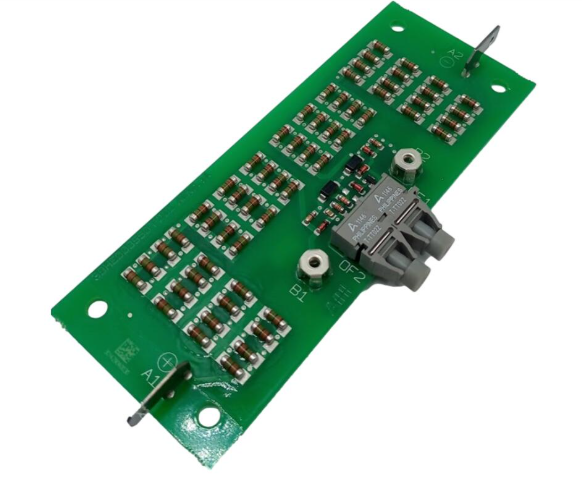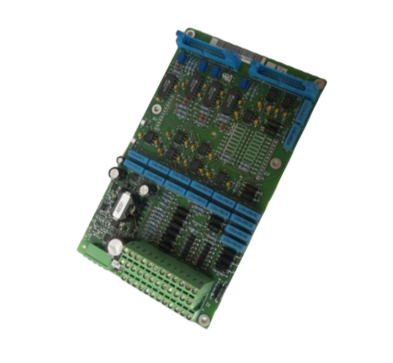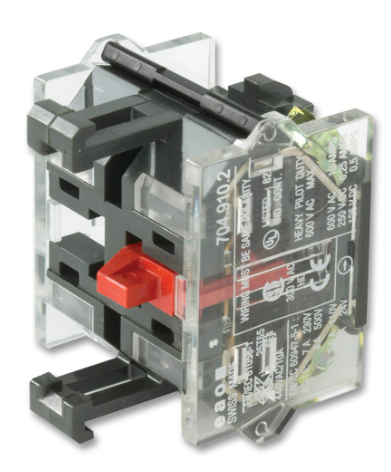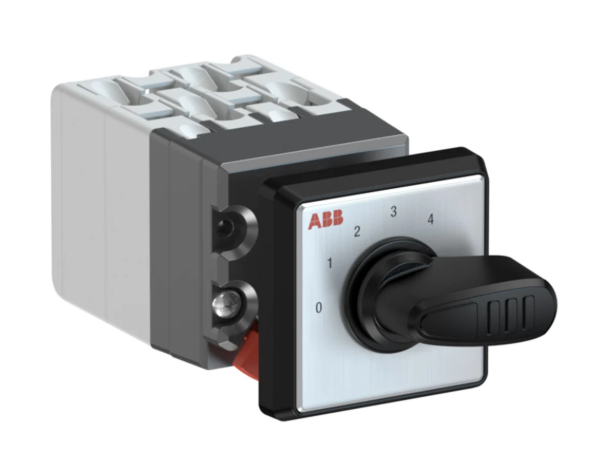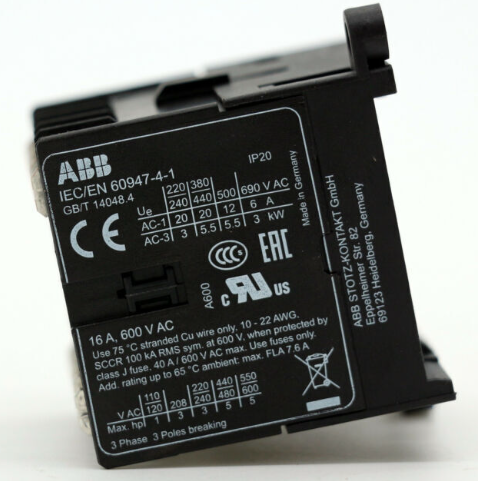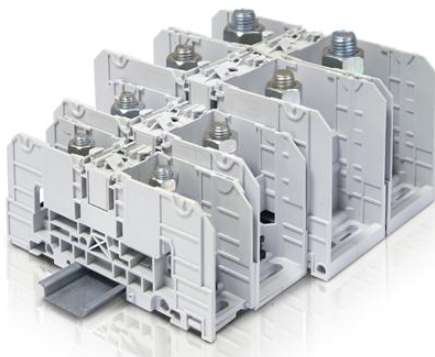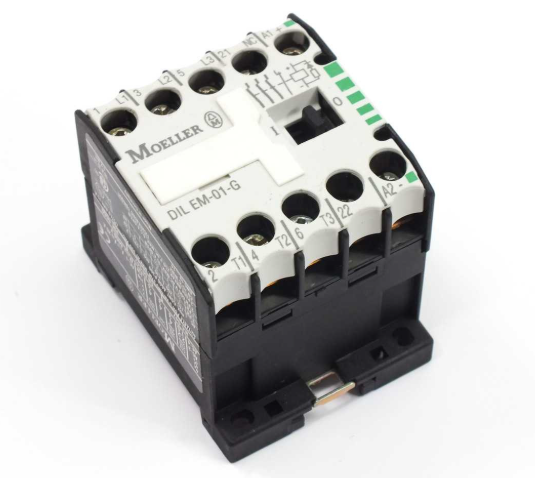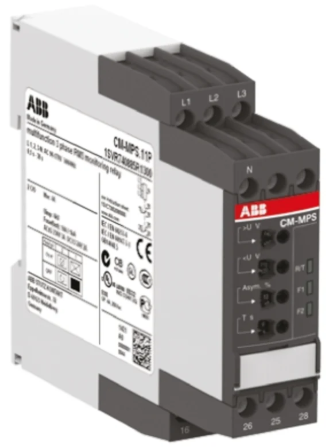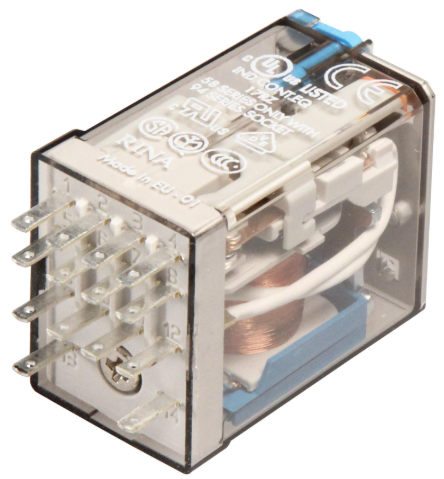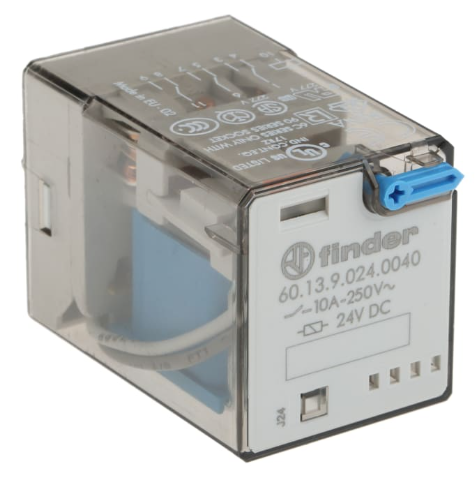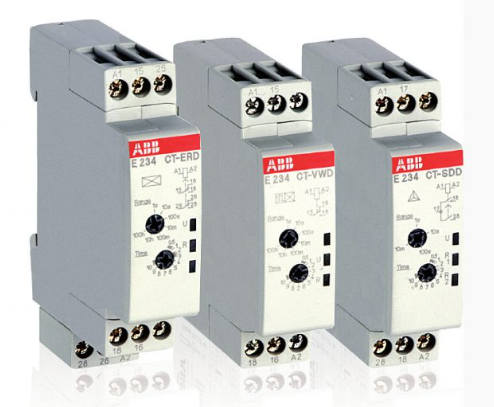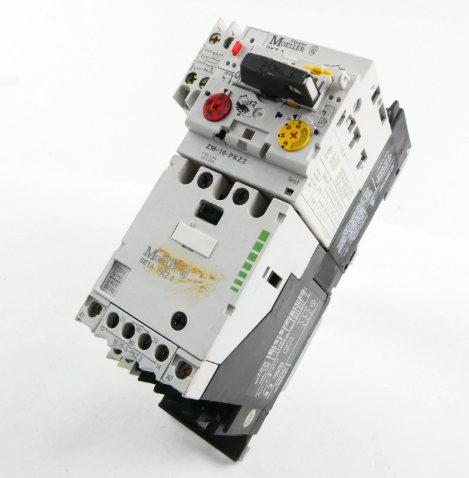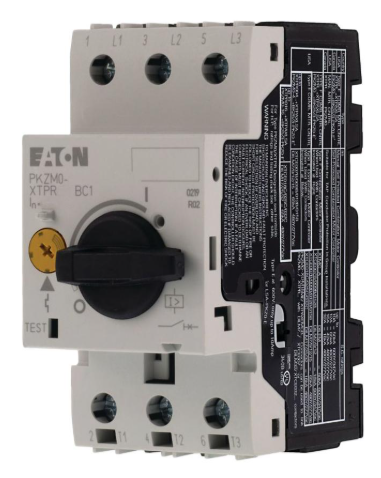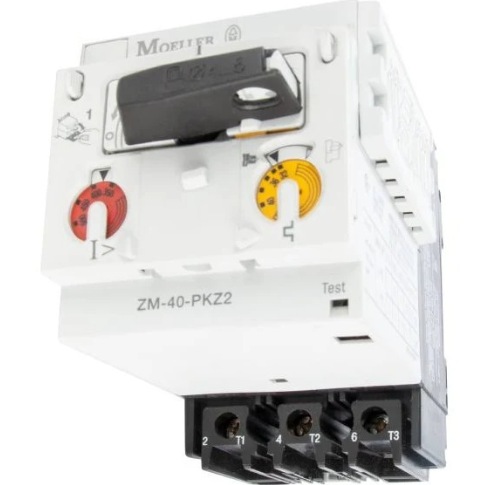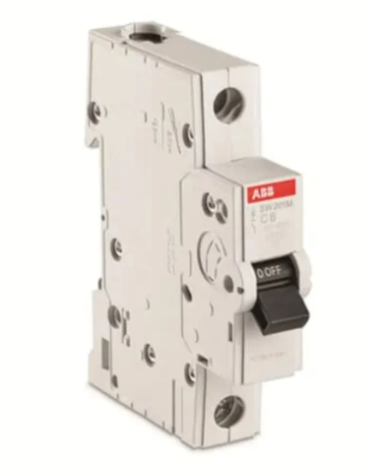AB 1785 um019 PLC-5 Ethernet Interface Module
AB 1785 um019 PLC-5 Ethernet Interface Module
Specification Technical Parameters
Electrical Characteristics
Backplane current: The backplane current is 2.2A, which determines the amount of current that the module receives from the backplane during operation and affects the power distribution and stability of the whole system. When designing the power supply system, it is necessary to ensure that the backplane can provide sufficient current to meet the normal operation requirements of the module and other equipment.
Heat dissipation: The heat dissipation is 37.54 BTU/hr, indicating that the module generates a certain amount of heat during operation and requires reasonable heat dissipation measures to ensure its stable operation. If the heat dissipation is not proper, it may cause the module temperature to be too high, affecting its performance and life.
Environmental Adaptability
Temperature range: 0 to 60°C (32-140°F) for operation and - 40 to 85°C (- 40 to 185°F) for storage. This allows the module to operate and be stored in a range of temperatures, but additional temperature regulation should be considered when using the module in extreme temperature environments.
Humidity Requirements: Relative humidity of 5 to 95% (non-condensing) indicates that the module can tolerate a certain range of humidity, but high humidity and condensing environments should be avoided to prevent electrical short circuits and other failures.
Mechanical properties
Shock resistance: 30g peak acceleration during operation, duration 11 ± 1ms; 50g peak acceleration during non-operation, duration 11 ± 1ms, which indicates that the module has a certain degree of shock resistance in the transport and use of the process, but in the actual application of the need to avoid a strong shock, so as not to damage the internal components.
Vibration Resistance: Withstands 2g of vibration with a peak-to-peak displacement of 0.012’ over a frequency range of 10 to 500Hz. This feature ensures that the module can work stably in industrial environments where vibration is present and reduces the risk of loosening connections or damaging components due to vibration.
Communication Capabilities
Communication protocols and ports: Ethernet (TCP/IP protocol) is used for communication, and the 15-pin AUI transceiver port connects to the network, ensuring compatibility with Ethernet devices and stability of data transmission.
Number of Connections: Supports 64 simultaneous connections, which can meet the needs of simultaneous communication of multiple devices. This parameter is very important for systems that require data interaction with multiple end devices, which determines the communication capacity and scalability of the system. The module also supports 512 unsolicited definitions (for the RSLinx and INTERCHANGE packages), which further enhances its communication capabilities in specific software environments.
Installation
Mounting Location: Mounted in the second left slot of the 1771-A1B, -A2B, -A3B, -A3B1, -A4B chassis and connected to the processor, the clear mounting location requirement helps to ensure that the module is installed correctly and operates correctly in the system.
Weight: 0.95 kg (2.1 lbs), a parameter that needs to be taken into account when designing the overall layout and mounting of the unit, especially for applications with stringent weight requirements.
Approvals: CSA Class I, Division 2, Groups A, B, C, D certification, UL listing and CE marking (for all relevant directives) signify that the module meets the relevant safety and quality standards and is safe for use in the respective area.
Module installation
Preparation for installation: Use specific programming software and corresponding processor, check the module packaging, record the Ethernet hardware address, prepare installation tools and equipment, and take precautions against static electricity.
Installation Procedure: Connect the connector plug to the processor, connect the interface module to the processor, and install the combo module into the leftmost slot of the 1771 I/O chassis. Installation requires attention to pin alignment and power down.
Removing the Module: To remove the module, disconnect the power, lift the locking lever and eject the tabs, and loosen the screws to separate the module.
Module Configuration
Configuration preparation: Each Ethernet hardware address should be assigned a unique IP address, which can be set manually or through the BOOTP protocol.
Configuration operation: Use programming software to specify the channel 3A support module, disable BOOTP, set diagnostic files, IP address and other parameters when configuring manually; when using BOOTP, you need to have a server and edit the BOOTPTAB file.
Communication Operation
Status monitoring: Judge the operation status of the module through the LED indicator after power on, the status indicator is always green when it is normal, and the transmission indicator turns green briefly when it is transmitting.
Connection Establishment: After establishing Ethernet connection, you can monitor the communication status data through the diagnostic file, including the sending and receiving of commands, replies, data packets, etc. and the error situation.
- EMERSON
- Honeywell
- CTI
- Rolls-Royce
- General Electric
- Woodward
- Yaskawa
- xYCOM
- Motorola
- Siemens
- Rockwell
- ABB
- B&R
- HIMA
- Construction site
- electricity
- Automobile market
- PLC
- DCS
- Motor drivers
- VSD
- Implications
- cement
- CO2
- CEM
- methane
- Artificial intelligence
- Titanic
- Solar energy
- Hydrogen fuel cell
- Hydrogen and fuel cells
- Hydrogen and oxygen fuel cells
- tyre
- Chemical fiber
- dynamo
- corpuscle
- Pulp and paper
- printing
- fossil
- FANUC
- Food and beverage
- Life science
- Sewage treatment
- Personal care
- electricity
- boats
- infrastructure
- Automobile industry
- metallurgy
- Nuclear power generation
- Geothermal power generation
- Water and wastewater
- Infrastructure construction
- Mine hazard
- steel
- papermaking
- Natural gas industry
- Infrastructure construction
- Power and energy
- Rubber and plastic
- Renewable energy
- pharmacy
- mining
- Plastic industry
- Schneider
- Kongsberg
- NI
- Wind energy
- International petroleum
- International new energy network
- gas
- WATLOW
- ProSoft
- SEW
- wind
- ADVANCED
- Reliance
- YOKOGAWA
- TRICONEX
- FOXBORO
- METSO
- MAN
- Advantest
- ADVANCED
- ALSTOM
- Control Wave
- AB
- AMAT
- STUDER
- KONGSBERG
- MOTOROLA
- DANAHER MOTION
- Bently
- Galil
- EATON
- MOLEX
- Triconex
- DEIF
- B&W
- ZYGO
- Aerotech
- DANFOSS
- KOLLMORGEN
- Beijer
- Endress+Hauser
- MOOG
- KB
- Moxa
- Rexroth
- YAMAHA
- Johnson
- Westinghouse
- WAGO


Email:wang@kongjiangauto.com


